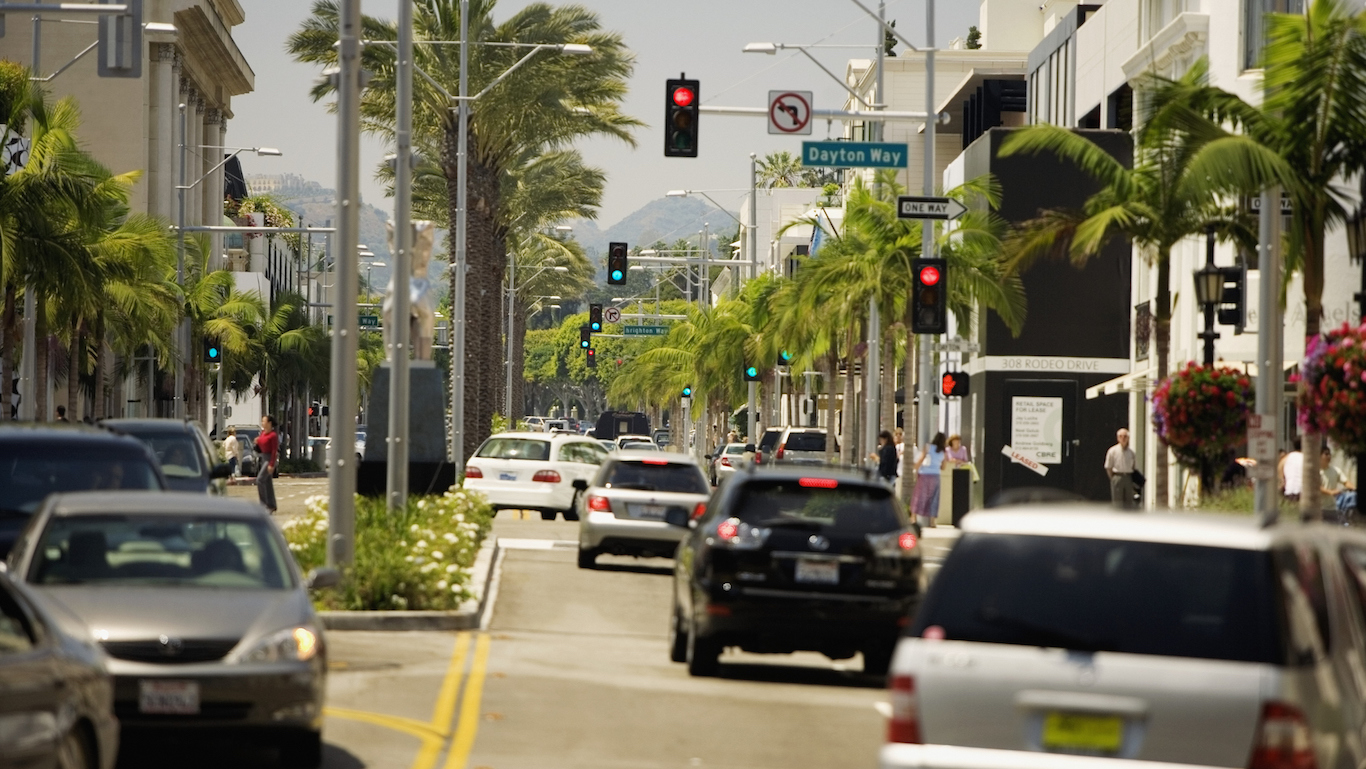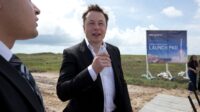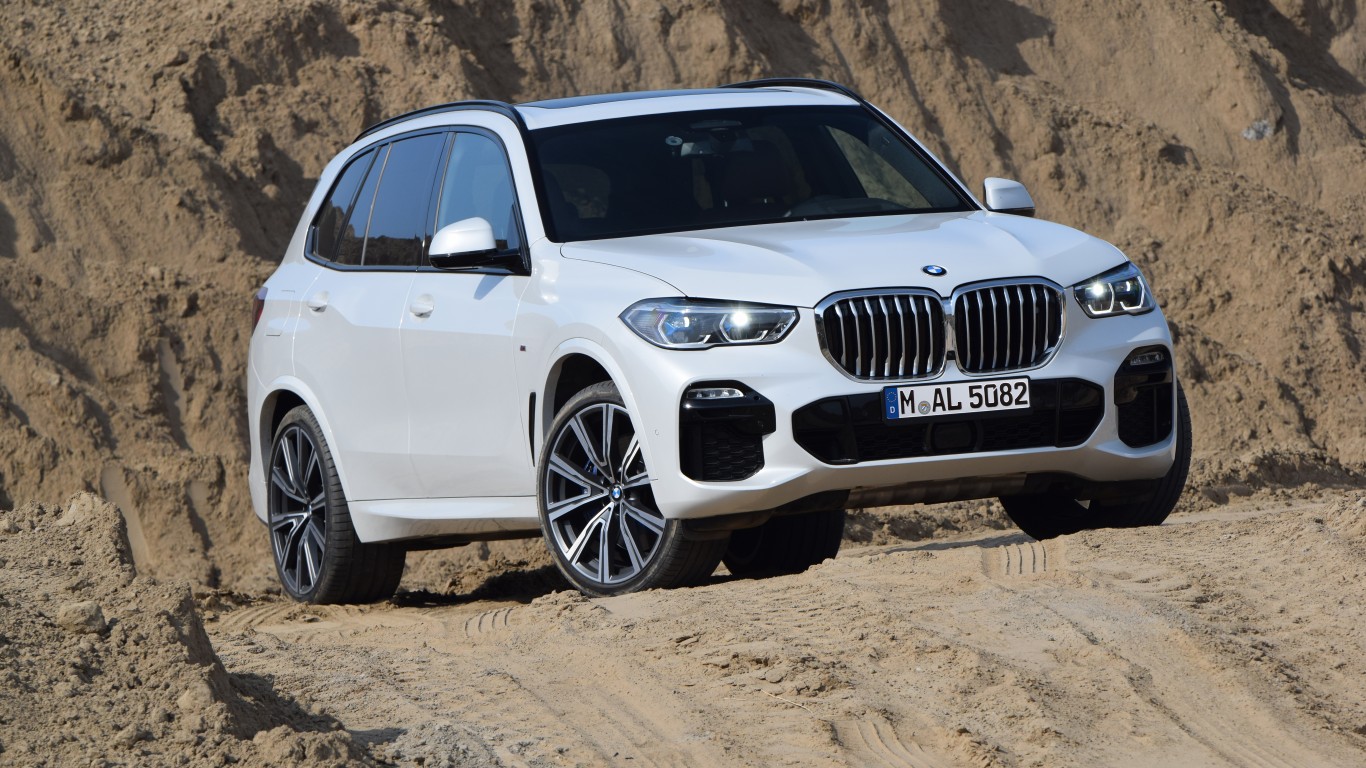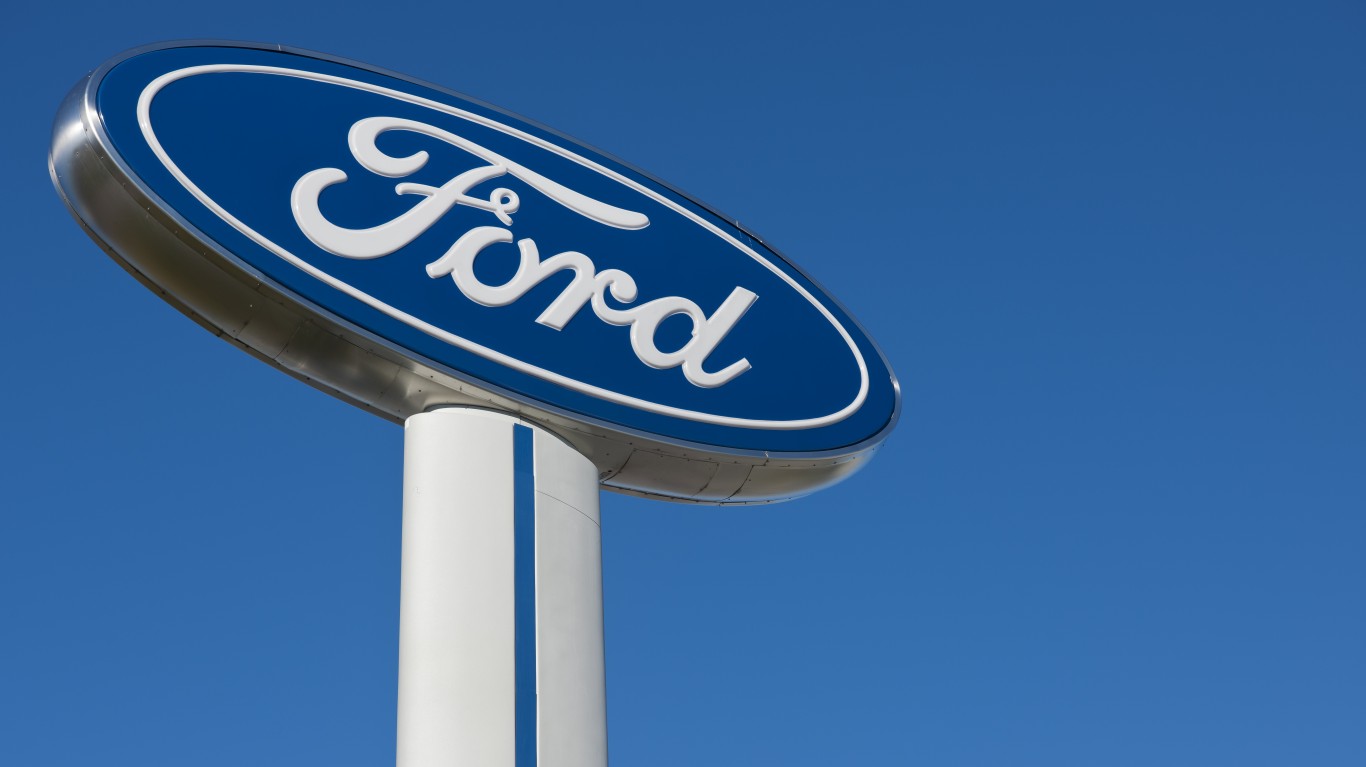
The U.S. Department of Energy posted its Fact of the Week on Monday and it might be quite a surprise. The majority (59.4%) of one-way household trips are less than six miles in length. Stretching a trip to 10 miles pushes the percentage to more than 75%.
The Energy Department defines a vehicle trip as one start and end movement from point A to point B, regardless of the number of people in the vehicle. A multistop trip to the grocery store, dry cleaner and gym does not count.
Why, then, are U.S. drivers and carmakers so concerned about range for electric vehicles, where all-electrics like the Tesla vehicles and the Chevy Bolt or plug-in hybrids have ranges of around 100 miles or much more? After all, for most trips, a range of 30 miles or so appears to be plenty of juice.
Range anxiety, as the phenomenon is called, is exacerbated by relatively long charging times. If you’re a little low on gas, a five-minute stop at one of the 135,000 or so U.S. gas stations takes care of the problem.
If you’re low on juice, it can take hours to re-energize a battery at a home charger. Even the so-called fast chargers require half an hour to fully charge a Ford Focus to its full 115-mile range capability. Tesla’s superchargers take 30 minutes to pump 300-miles worth of electricity into the company’s vehicles.
Thinking about it, range anxiety may mostly be about a lack of spontaneity. U.S. drivers can wander all over town, going from one stop to another without thinking about running out of fuel. Drivers of electric vehicles may have to do more planning and stick more closely to the plan.
Still, given the distance of a typical trip, the range of electric vehicles, and the increase in recharging stations, range anxiety is a concern that is likely on its way to being a thing of the past.
In 20 Years, I Haven’t Seen A Cash Back Card This Good
After two decades of reviewing financial products I haven’t seen anything like this. Credit card companies are at war, handing out free rewards and benefits to win the best customers.
A good cash back card can be worth thousands of dollars a year in free money, not to mention other perks like travel, insurance, and access to fancy lounges.
Our top pick today pays up to 5% cash back, a $200 bonus on top, and $0 annual fee. Click here to apply before they stop offering rewards this generous.
Flywheel Publishing has partnered with CardRatings for our coverage of credit card products. Flywheel Publishing and CardRatings may receive a commission from card issuers.
Thank you for reading! Have some feedback for us?
Contact the 24/7 Wall St. editorial team.




